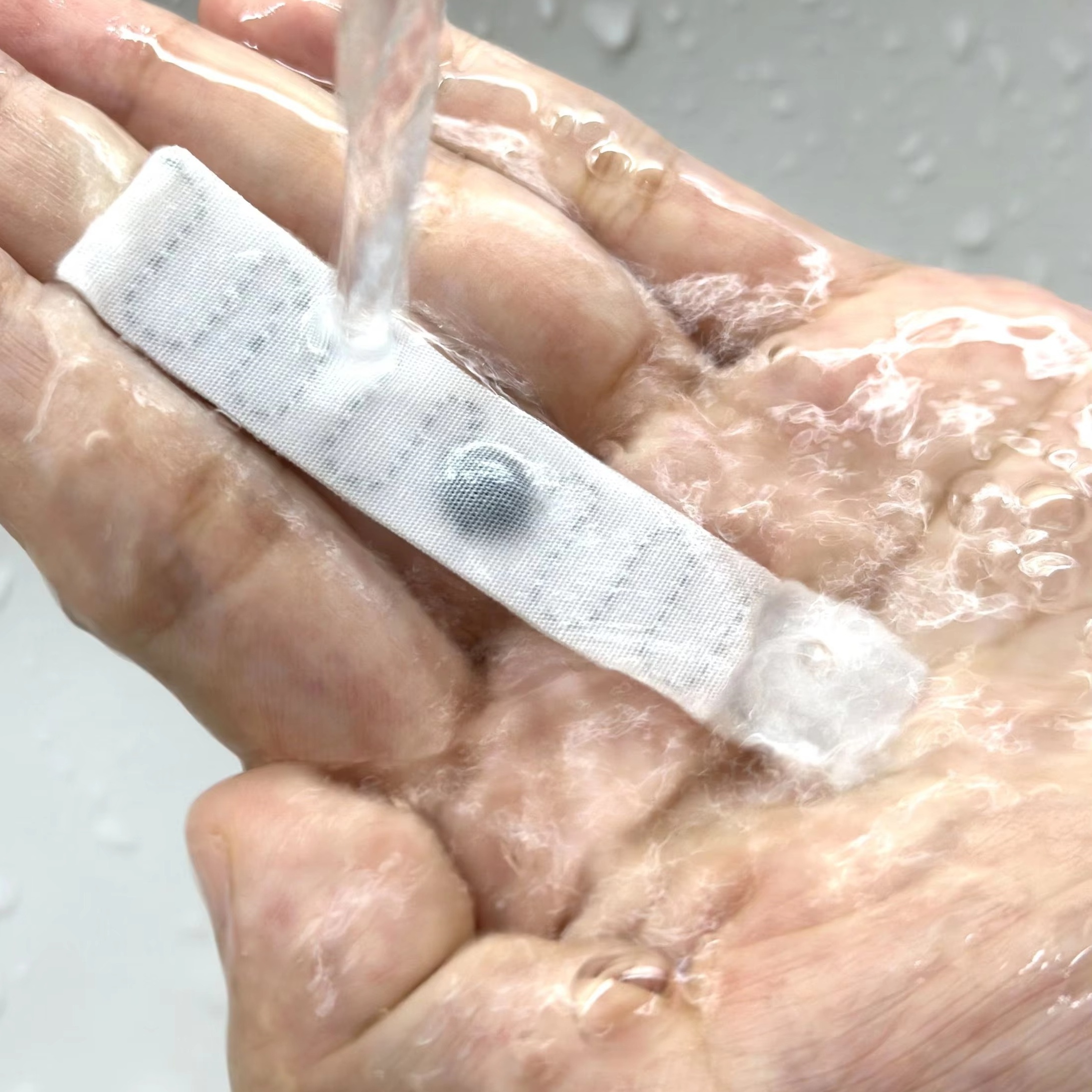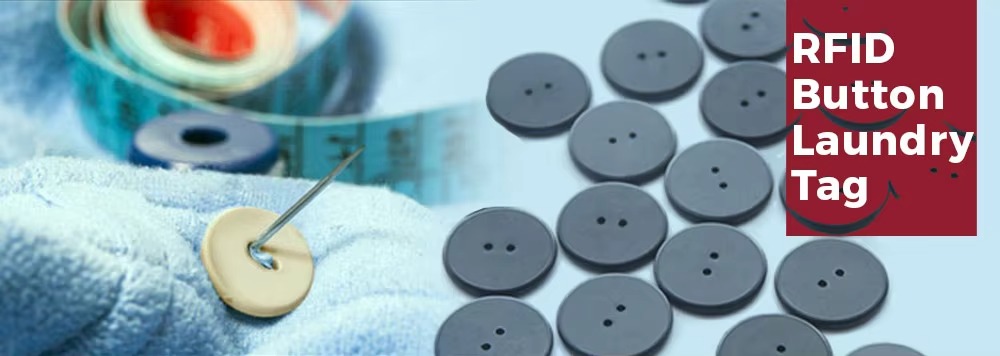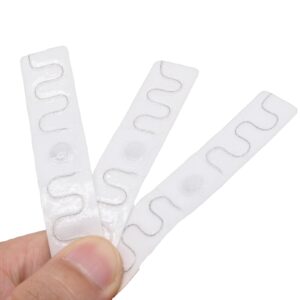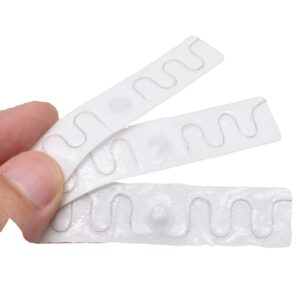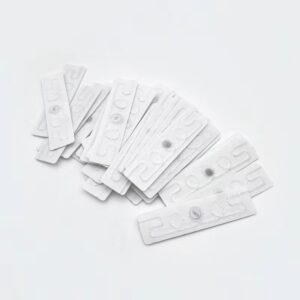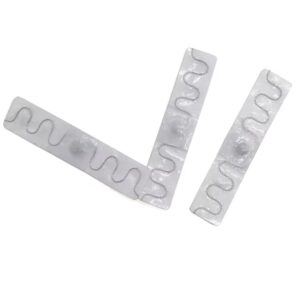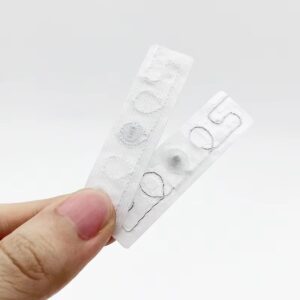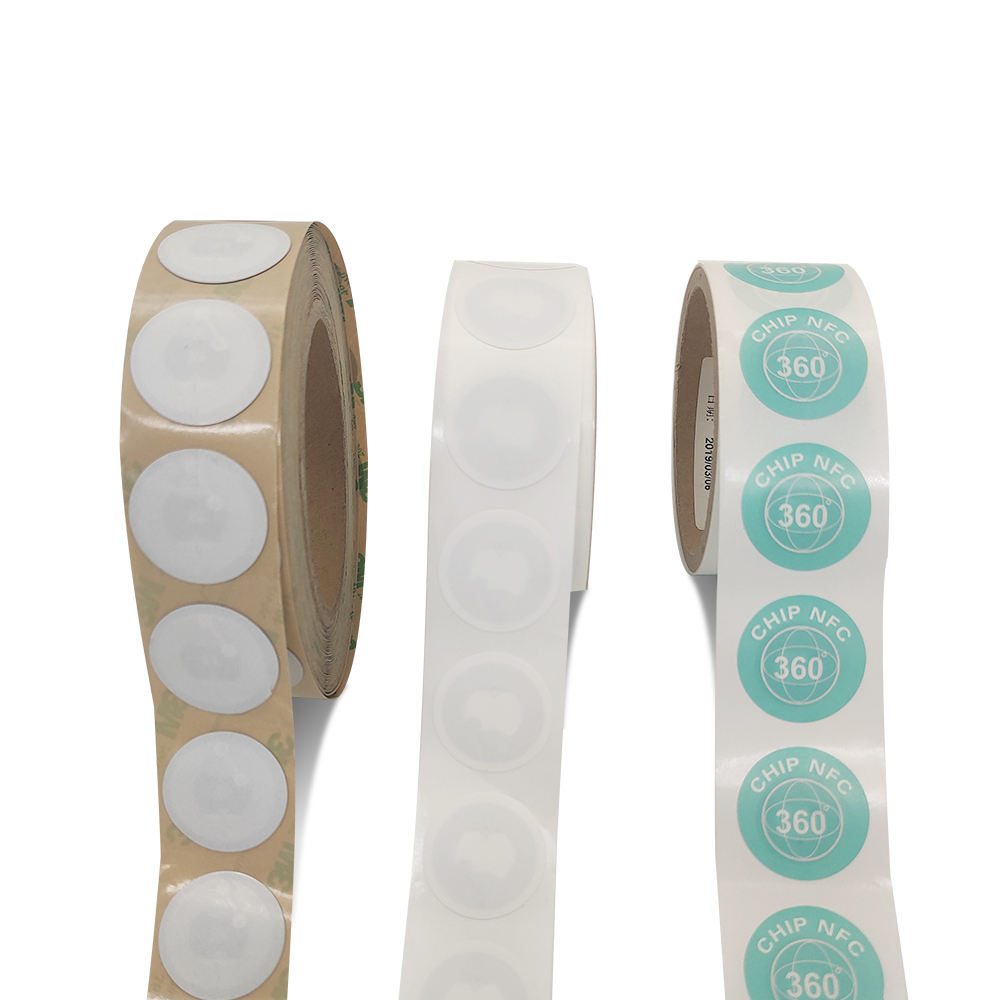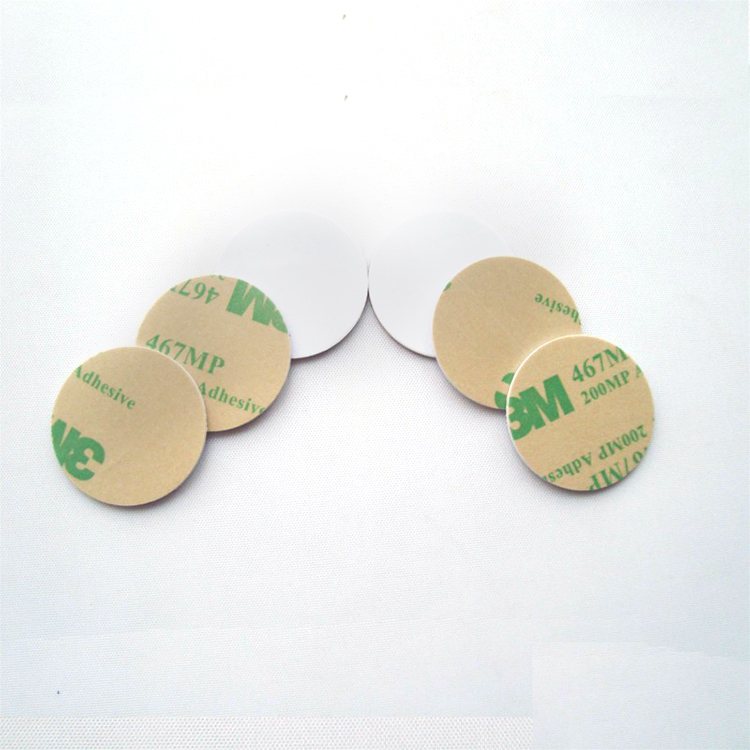
Unlocking the Power of NFC Tags: Your Ultimate Guide to Near Field Communication
Near Field Communication (NFC) technology has revolutionized the way we interact with our devices and the world around us. If you’ve ever wondered “What is an NFC tag?” or how these tiny marvels can simplify your life, you’re in the right place.

